Day 65 - The Chūgoku 33 Temple Kannon Pilgrimage, Japan - Tanjō-ji, Our Last Temple And Home To Honen, The Priest Who Brought Pure Land Buddhism To Japan

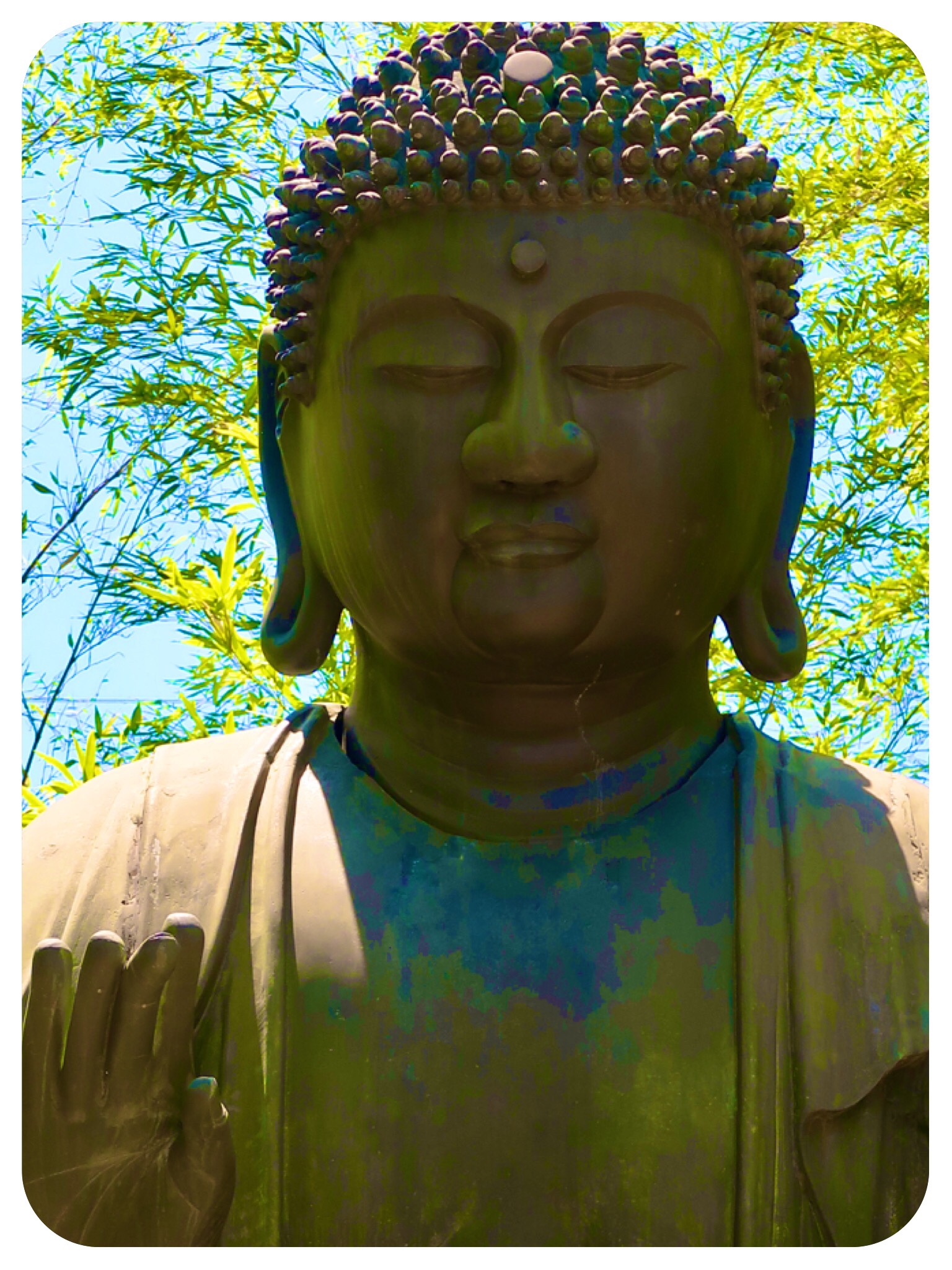



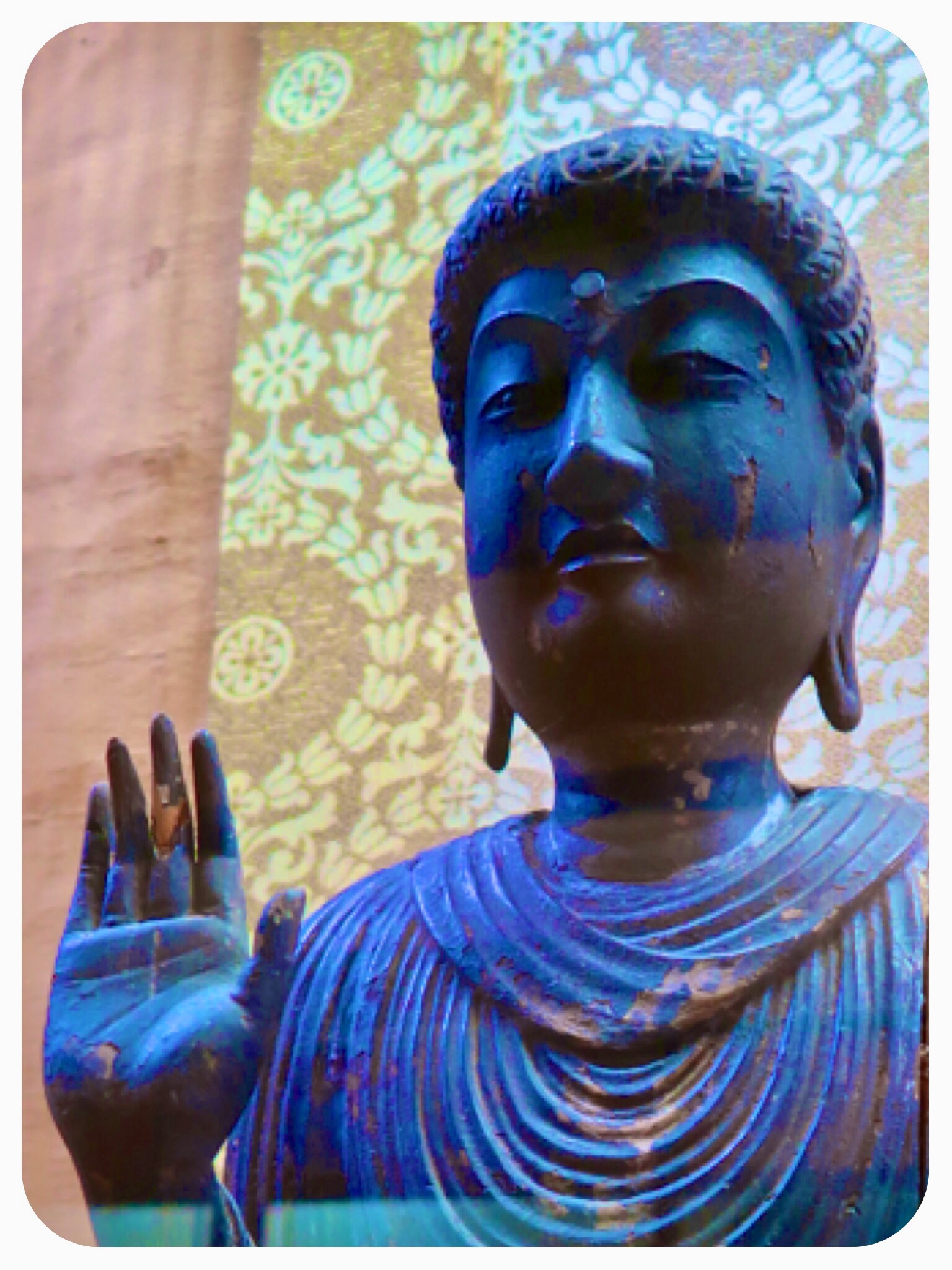


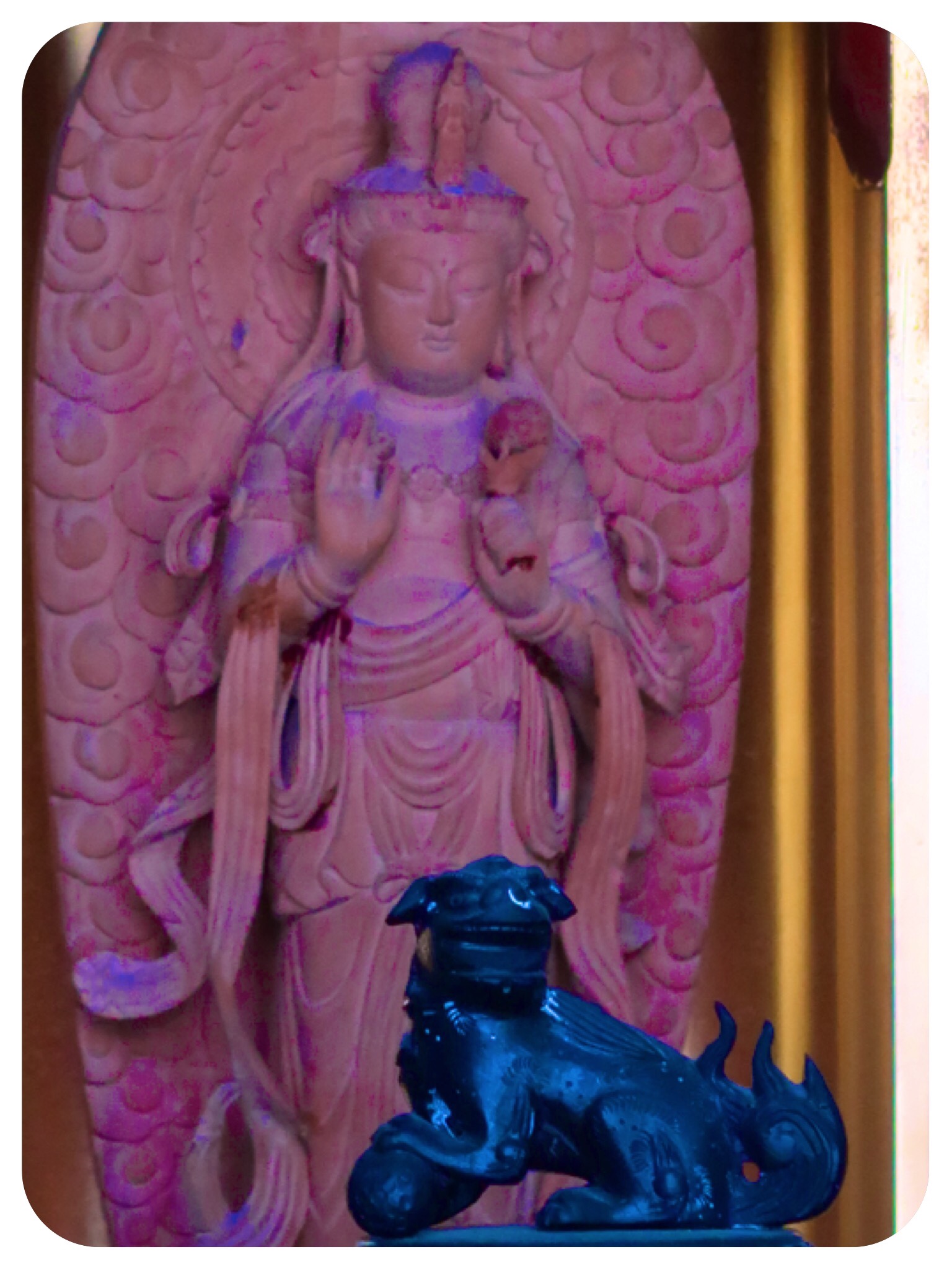

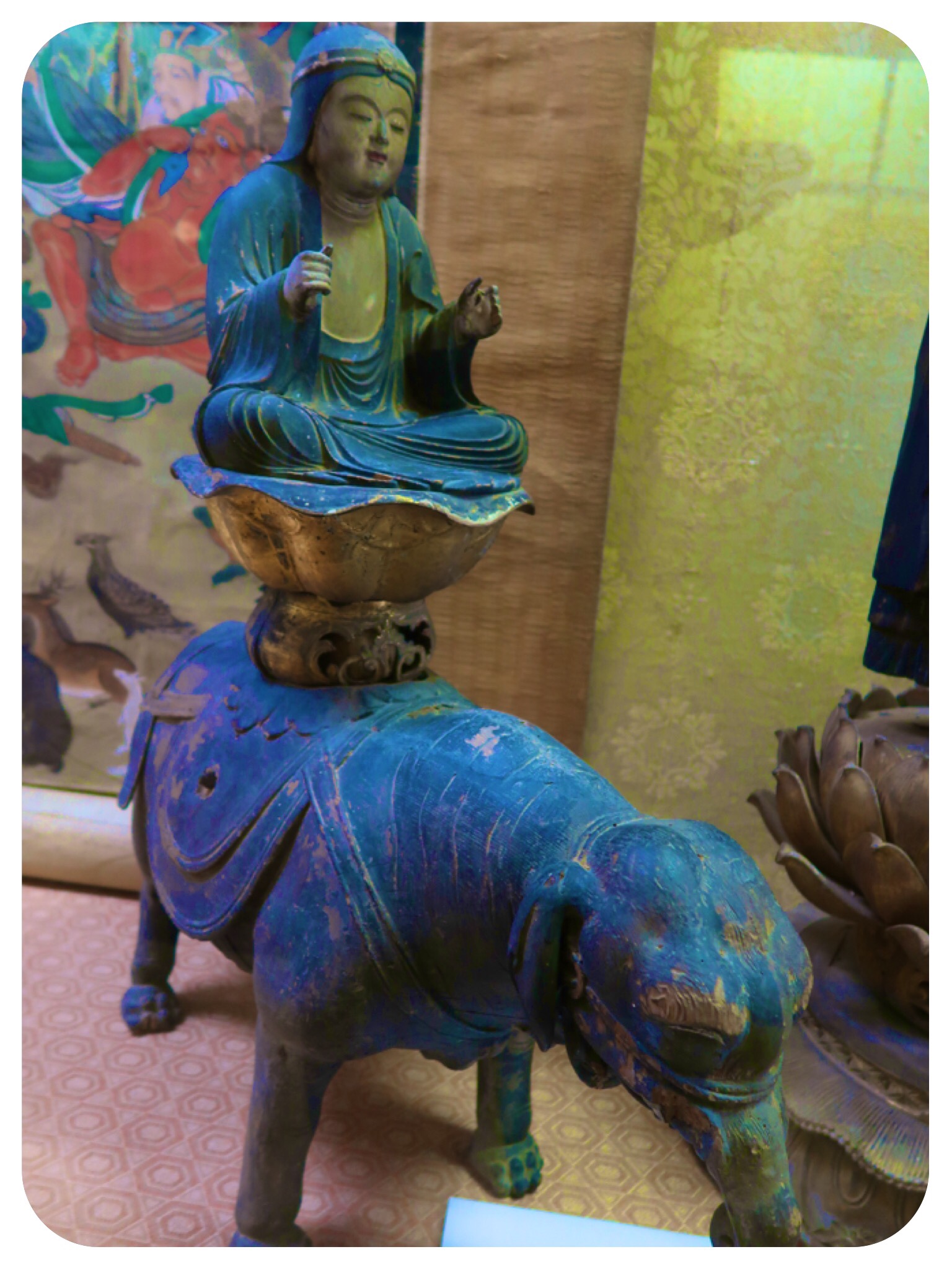







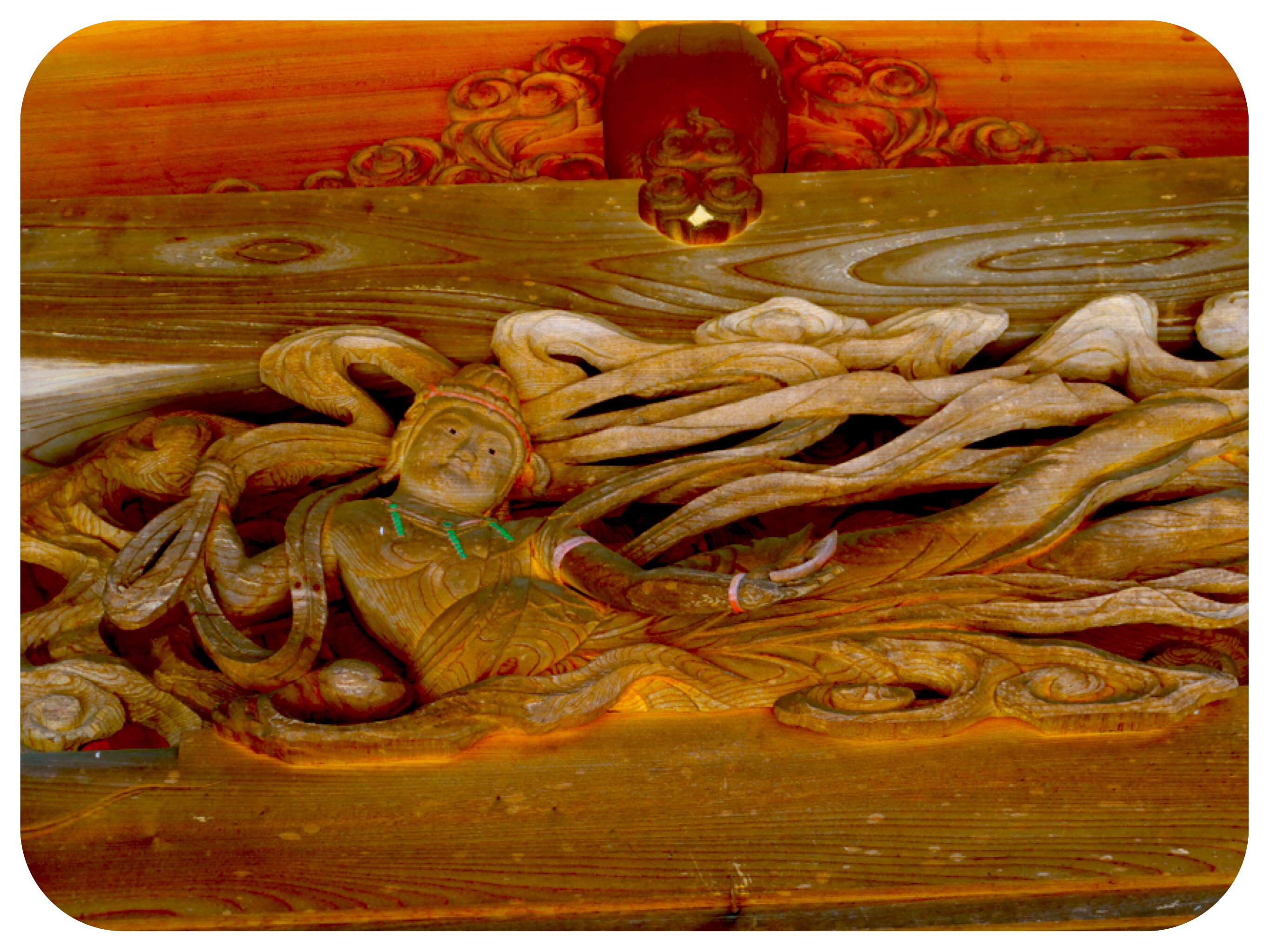









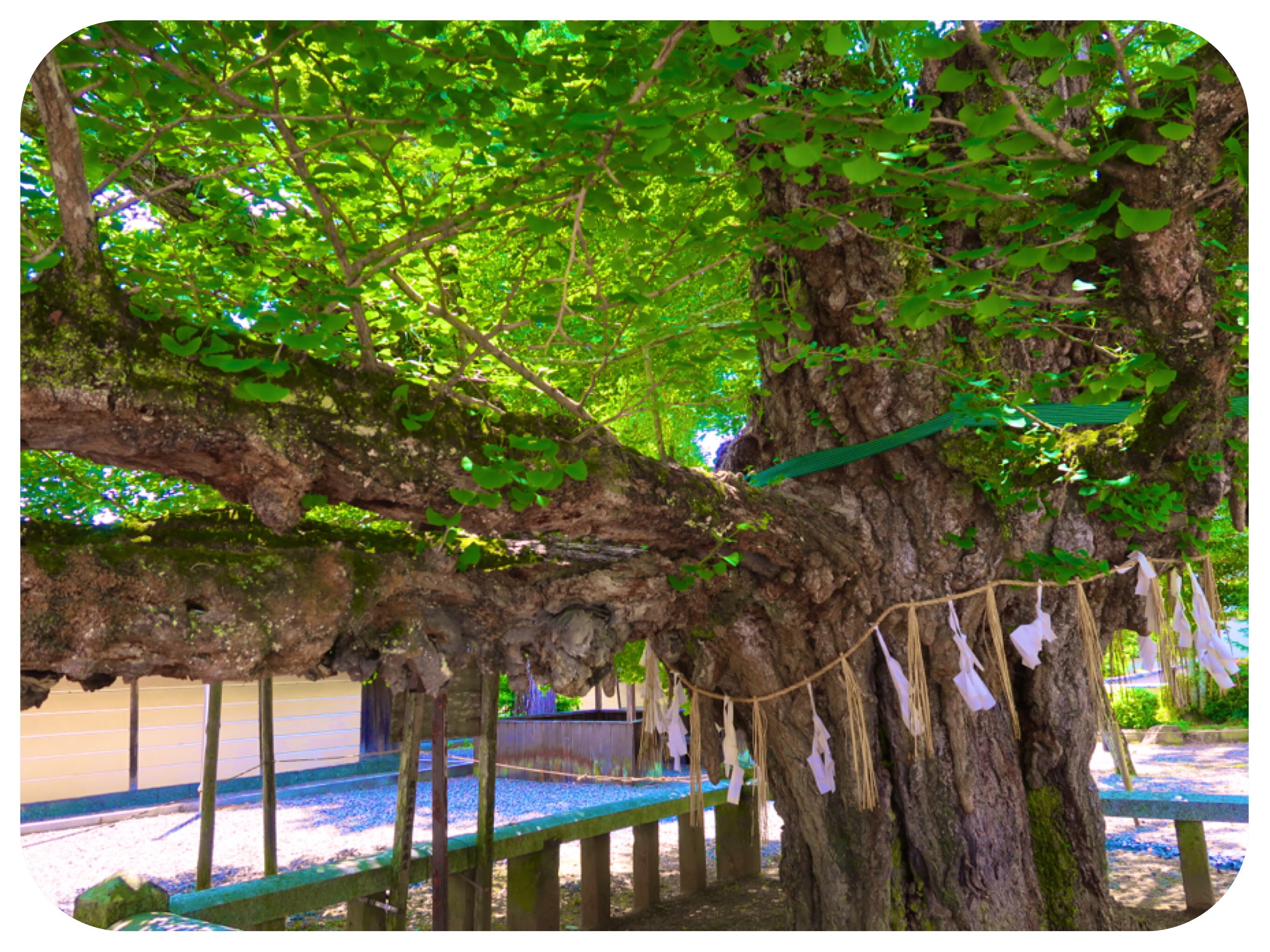








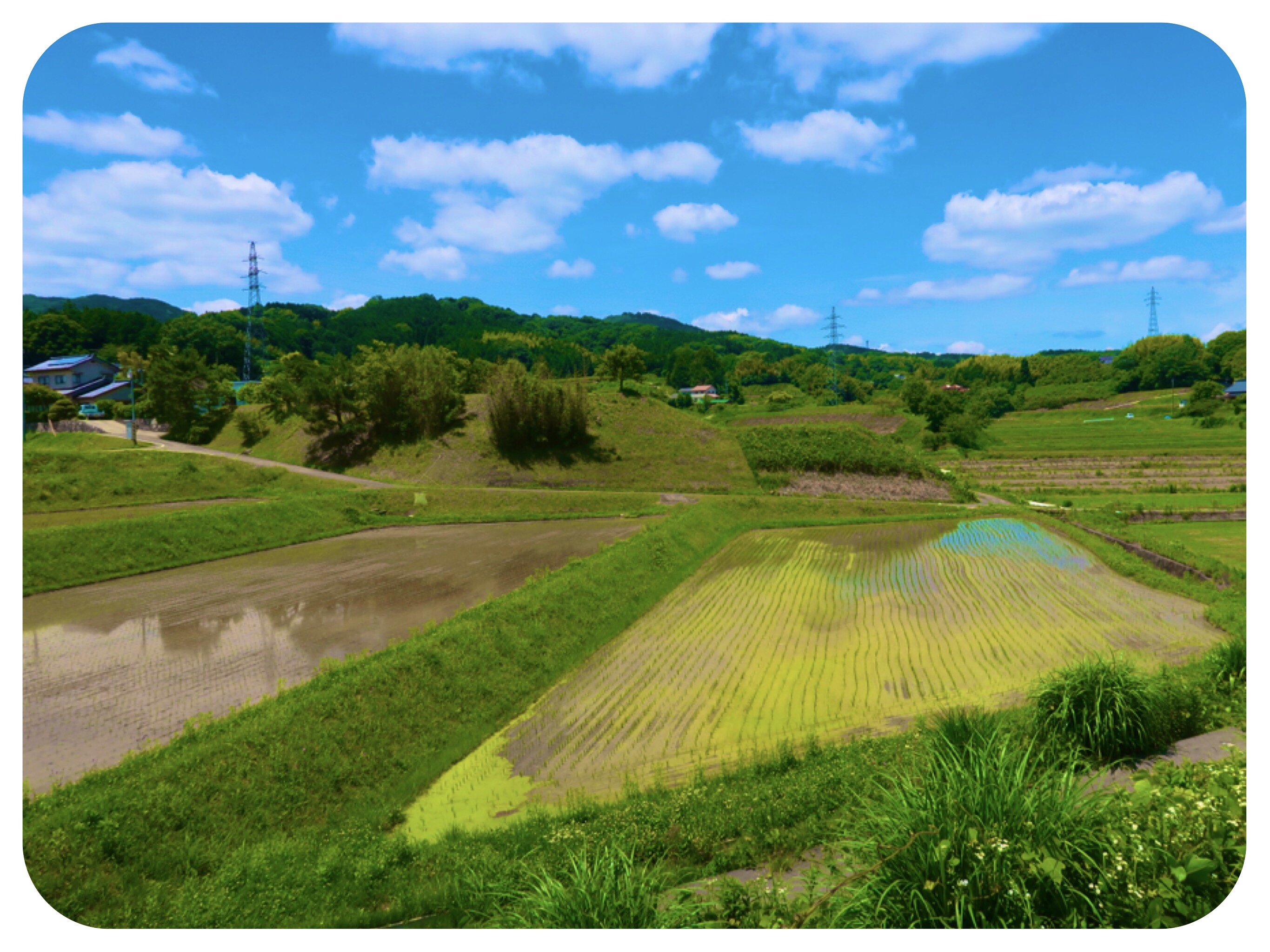



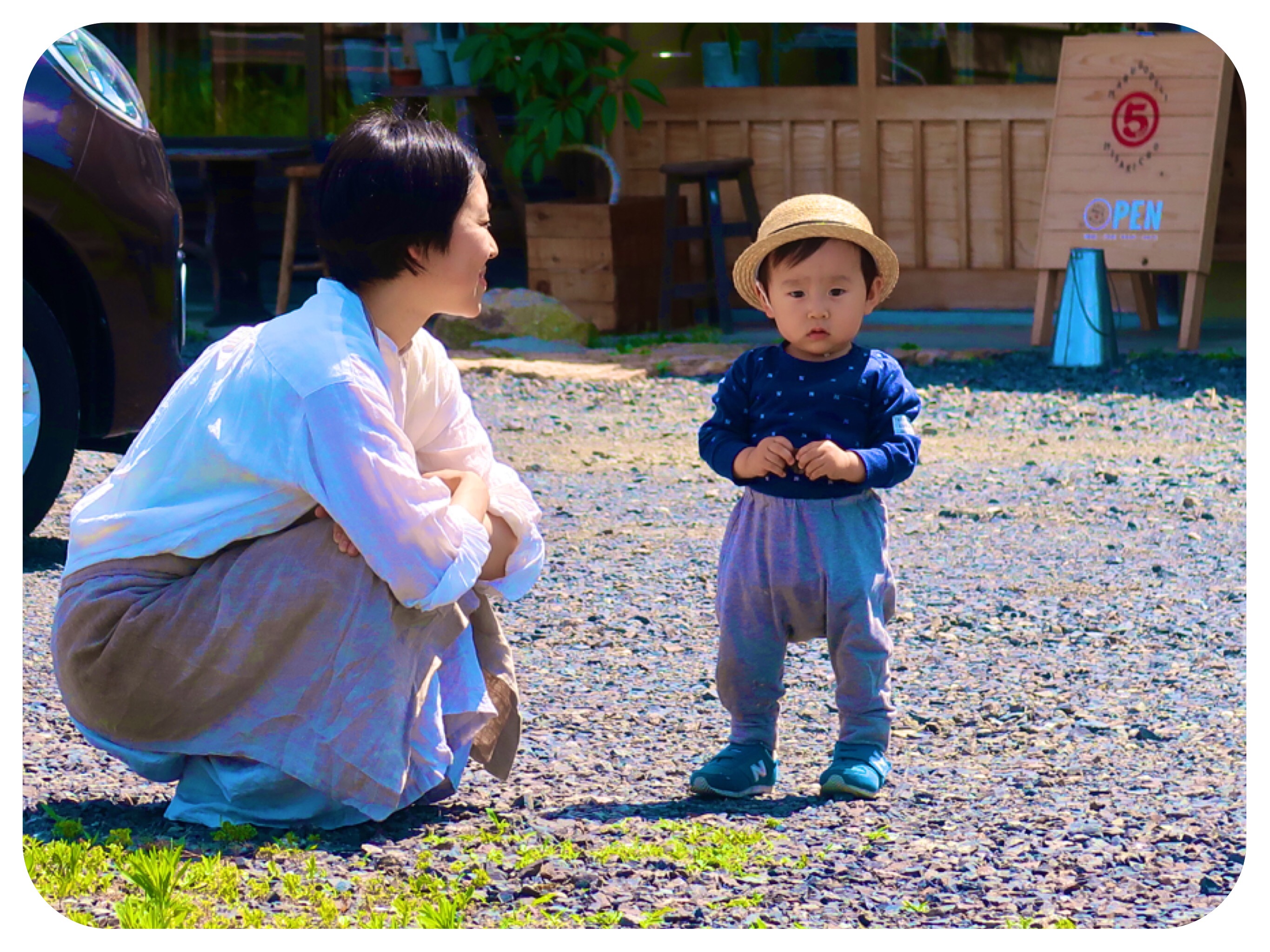


Day 65 - The Chūgoku 33 Temple Kannon Pilgrimage, Japan - Tanjō-ji, Our Last Temple and Home to Honen, The Priest Who Brought Pure Land Buddhism To Japan
Today we walked the distance from Tsuyama to Tanjō-ji, the last temple of our pilgrimage.
The walk south from Tsuyama to Tanjō-ji Temple passes through the town of Misaki.
This area is famous for the beautiful rice terraces in Ohaganishi, just a few mountain ridges west of Tanjō-ji temple.
While we had today a full day of walking, and did not have time to climb over these mountains to see the rice terraces from above, we did catch a glimpse of these vistas at the lower elevations where we were.
The Town of Misaki (Kume District) is located in the northern part of Okayama Prefecture, south of Tsuyama.
It sits among the mountains at an altitude of 400 meters, in a valley that is filled with terraced rice paddies.
There are 850 cascading rice fields, stretching in every direction along the slopes of the valley.
The scenery carved out of the mountains by the unique lines of the rice paddies’ ridge pattern is beautiful in all seasons.
We stopped during our hot day of walking, to have lunch in a lovely small café in Misaki, run by a young couple and their baby.
They made us fresh squeezed juices, iced soy lattes with honey, and great sandwiches.
We felt so good there we did not want to leave.
Their little shop also sells organic produce, hemp clothing and Thai groceries.
Farther down the road, we came upon the shop of a man who is passionate about cactus.
He had many varieties of cactus from all over the the world, including Africa and South America.
He invited us in to look at his collection.
The walk today was mostly flat, and Tanjō-ji Temple is easily accessible from the road.
A huge, thousand year old ginko tree stands at the entrance.
Its branches are supported with wood braces, to keep them from breaking.
The branches of the tree would never have grown so much to the sides if people had not started supporting them with wooden scaffolding hundreds of years ago.
The temple was founded in the year 1193 by Honen, who was born in this area.
Honen Bo Genku (1133-1212), or simply Honen, was later known as Enko Daishi 円光大師.
He brought the teachings of Pure Land Buddhism to Japan from China, where it originated in the fifth century.
At the age of 43, with a deepening exposure to the Pure Land teachings of the great Chinese Master Shan-Tao (Zendo), Honen made a radical break from the establishment to pursue his own spiritual quest.
The rest of his life became an unfolding of his own particular and uniquely Japanese vision of Pure Land Buddhism.
This second period of his life also marks the blooming of his teachings amongst the peasant classes of medieval Japan, and his clashes with imperial and shogunate authorities.
The Japanese Pure Land tradition, the Nembutsu, relies heavily on inner mantras, or calling on the grace of Amida Buddha.
On the way to the temple, we passed a memorial tower, dedicated to the Mother of Honen.
Tanjōji Temple holds a yearly procession of 25 Bodhisattvas, all clad in traditional clothing and wearing golden Buddha face masks.
It is considered one of the three great Buddhist processions in Japan, and it is held to honor the parents of Honen.
Tanjōji has a treasure hall with old paintings, sculptures, manuscripts, and painted scrolls, and there was a steady stream of visitors while we were there.
At the office, we told the old priest and the woman who stamped our book and scroll, that this was the last temple on our pilgrimage.
They called over a dozen women and children sitting in the back rooms of the temple, and they all came over to look at us.
They expressed much support, offered us tea, gave us candles, sympathy and kindness.
I was thinking of the two masters whose temples we just visited recently.
Sanbutusuji, is a temple established by the ascetic mountain dweller Master En.
Master En was able to remember some of his lifetimes and other incarnations.
Here is a quote from Master En No Gyōja (634–701), the founder of Shugendo Mountain Asceticism:
“Long ago I listened to Shaka (Shakyamuni Buddha) himself as he was preaching on the Eagle mountain [Gṛdhrakūṭa].
Later I became an emperor of Japan and ruled the empire.
Here I am now on this mountain in a different body, to engage in the work of saving sentient beings. “
Here are some words written by Master Honen:
An Extraordinary Opportunity
“I have wandered for eons through the various realms of the triple world, yet I did not meet with Shakyamuni Buddha, and I can't help wondering which one, of the four kinds of birth I might have taken, prevented me from hearing his words.
Because, you see, when Shakyamuni Buddha spoke about the Lotus Heart Sutra, I wasn't among the listeners.
Nor did I hear the discourse on the Perfection of Wisdom.
I wasn't a member of the great assembly on Vulture Peak when Shakyamuni spoke the Lotus Sutra, nor was I present in the Crane Forest at the time of His Great and Final Extinction.
Countless families of the city of Shravasti missed a chance to hear the Buddha's words.
Perhaps I was one of them, living in a nearby house during the Buddha's residence there.
For all I learned, I might as well have been in the lowermost of hells! What a woeful and wretched circumstance!
How lamentable!
A being may drift for countless eons through the round of death and rebirth.
Yet somehow, at last, I have come to birth in the human realm, so difficult to attain.
A Human form is extremely rare, and the teaching of the Buddha hard to hear even though we may seek it for an immensely long period of time.
Now I have this rare opportunity to hear the Buddha's words.
Though it is regrettable not to have met Shyakyamuni Buddha during his lifetime, nevertheless it is the greatest of blessings to be born into this world and have a chance to listen to the profound teachings.
The likelihood of this happening can be compared to that of a blind turtle placing his head through the hole in a piece of driftwood upon emerging from the depths of the ocean, once in a hundred years.
The Buddha's teaching was brought to Japan in the winter of the thirteenth year of the reign of the Emperor Kinmei (607 C.E).
Before that time, the Dharma was not propagated here, and there was no possibility of living one's life for the sake of Enlightenment.
It moves me to wonder what sort of past actions provides the conditions necessary for birth in a human form.
What did I do to cause it?
I'm not sure.
Anyway, it's very difficult to gain the Dharma, but now we have it.
What a waste it would be, then, to live vainly, without giving heed to the teachings or putting them into practice.
To die without making the least spiritual progress, how shameful it is!”
(From The Sixty Selections of the Sayings & Writtings of Honen Shonin, translated by Rev. Dwight R. Nakamura)
We returned to Tsuyama and looked for a place to have a drink before returning to our hotel.
A small café owned by a husband and wife was still open.
The husband told us that he is an artist and an aspiring musician.
He played the base for us, playing a sweet jazz tune.
He told us he had lived in Paris for ten years in the 1970’s.
They asked many questions about what we are doing here.
We told them we just finished walking to our last temple, and I rolled our complete scroll on their floor for them to see.
They loved it and were very kind and encouraging.
They thanked us for coming into their lives and café.
We are almost done...
We still need to walk only six more kilometers to make up the total distance from Katsuyama to Tsuyama that we did by train.
We have seen some brochures and advertisements for the pilgrimage, with distances by train or by car.
They count the total distance of the Chūgoku Pilgrimage as 1420 kilometers, but their measurements include all the ferry rides which we did not count at all, because we did not walk these kilometers.
It has been quite a journey....
It feels like we left home a year ago.... not just a couple of months ago....
With love and light,
Tali
Daily Stats:
Steps: 28,168 steps
Distance Walked: 21 Kilometers
Active Walking: 5 hours
Total Time: 7 hours
Total distance walked on the pilgrimage so far: 1296.5 Kilometers
Temples Visited: Bengai Sacred unnumbered Temple: Tanjo-ji 誕生寺
Accommodation: THE SHIROYAMA TERRACE TSUYAMA VILLA, in Tsuyama,
a Hot Springs hotel with modern, Western style rooms.
Has lovely mineral hot spring baths, a yoga room and a nice design.
(We took only breakfasts in the hotel because there are lots of restaurants nearby in town for dinner.)
